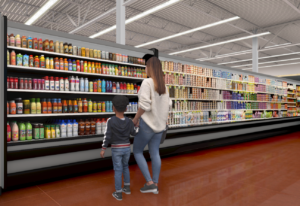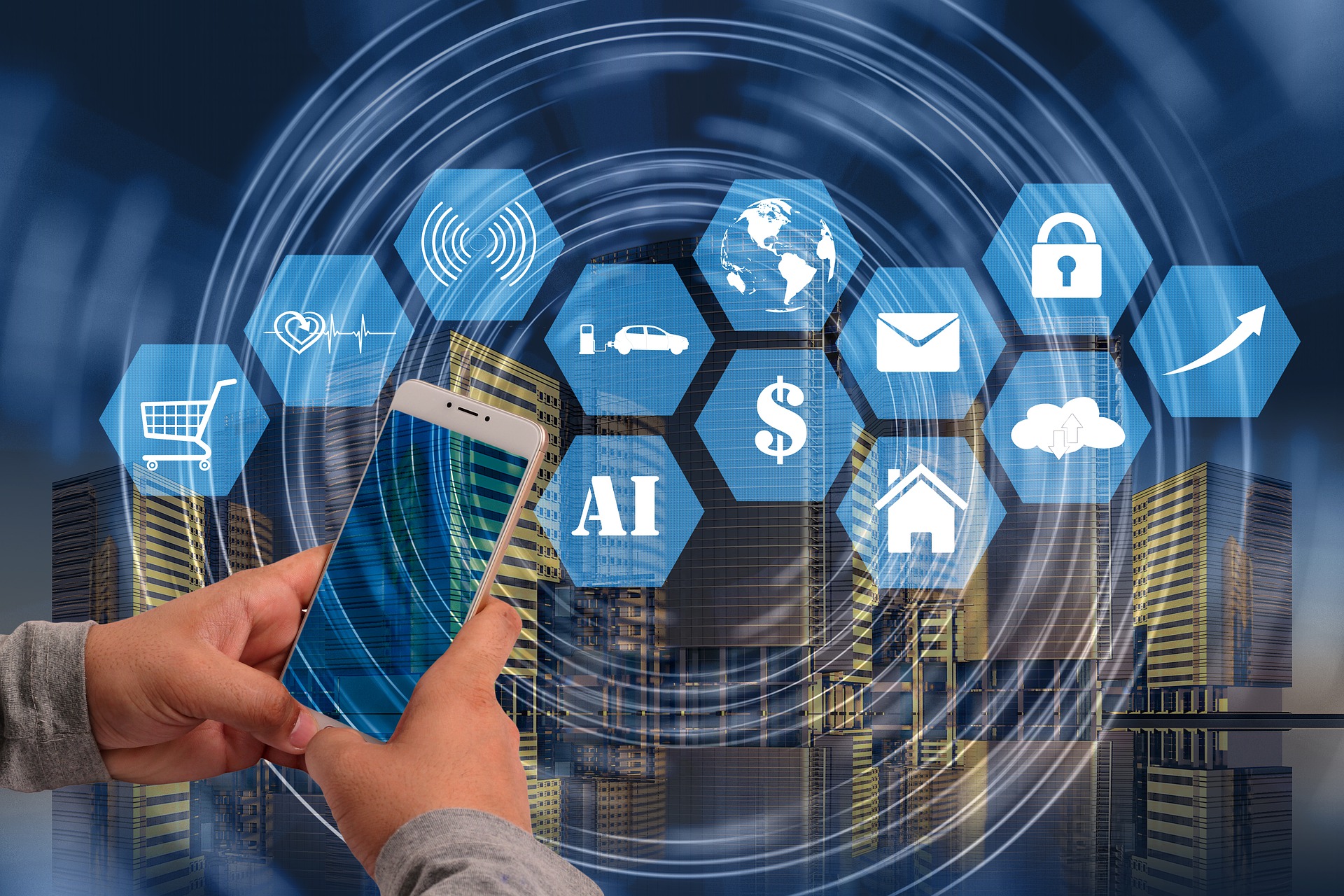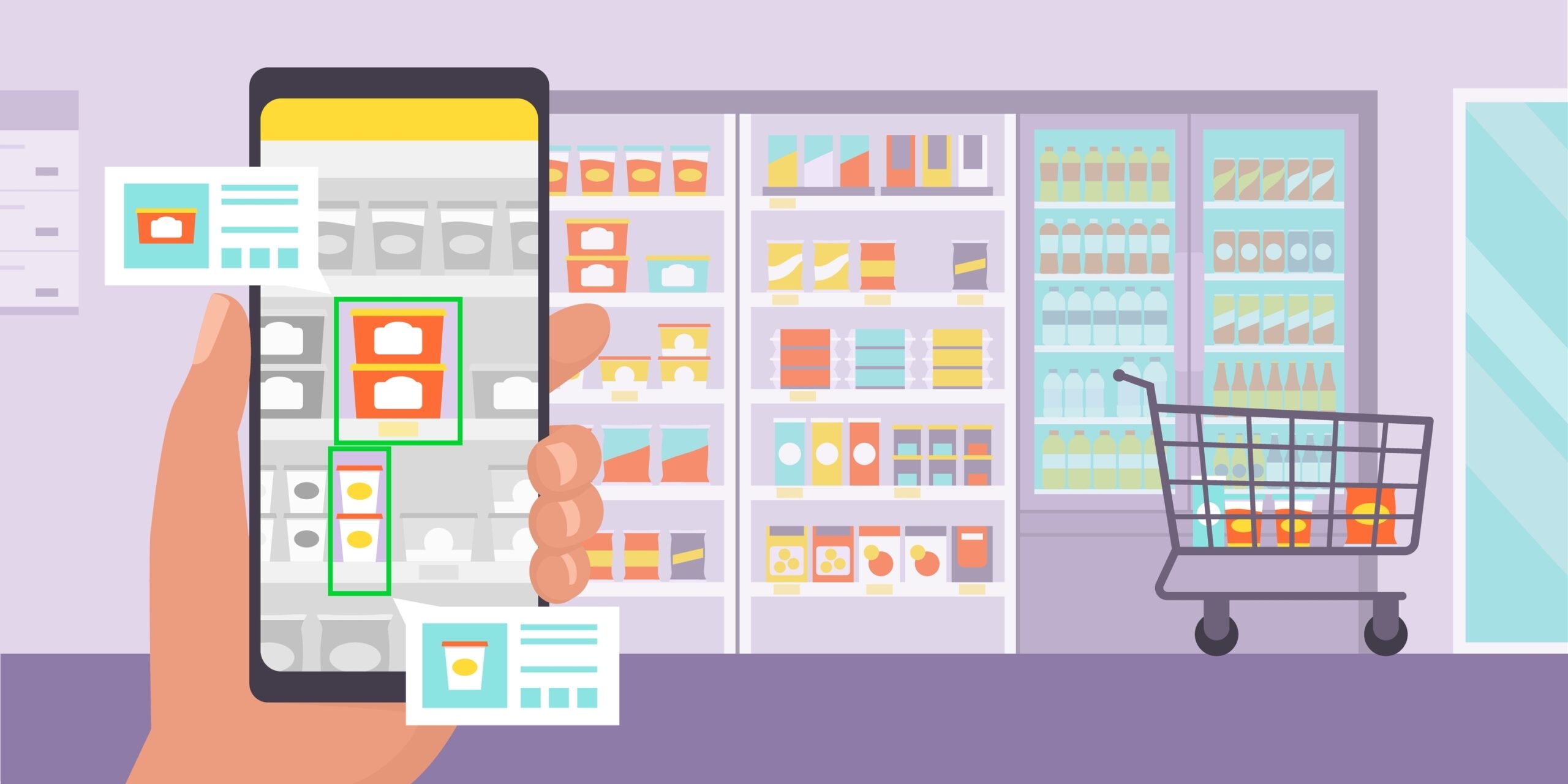When virtual reality (VR) technology was first developed, most people weren’t thinking much beyond military and government uses, or, later, gaming and entertainment. Today, while the gaming industry is still perhaps the most obvious adopter of VR technology, industries like healthcare, social media, and real estate have been exploring different uses for VR, including as a research tool. Among them is the retail industry, which uses VR to better understand consumer behavior.
But how does VR shopping behavior analysis work? What are the key differences between this research method and traditional methods? This blog post will explore the use of VR in retail research and discuss some of its key benefits.
VR shopping behavior analysis vs. real-life
Let’s start by defining the two concepts we’ll be pitting against each other. Although they have the same goals, VR shopping analysis and traditional real-life research differ in many ways.
VR Shopping
VR shopping behavior analysis involves conducting research in a virtual store setting. Participants are immersed in a 3D computer-generated environment that simulates the experience of being inside a brick-and-mortar store. The idea is to observe consumer behavior in the virtual environment and use that data to understand how shoppers will behave in an actual store.
Think of it as a data-gathering tool that gives us valuable insights into how consumers shop. In eCommerce reports, brands use Google Analytics or Google Tag Manager to understand how shoppers interact with their website and each product page. They look for clues like what prompts customers to add to the cart or abandon the checkout process when browsing. Conversion rate is just one of many metrics that can be measured and optimized in eCommerce settings.
Similarly, VR shopping behavior analysis is a tool that allows retailers to better understand consumers. It allows them to identify optimization opportunities to improve the in-store customer experience. The functionality of your store’s website is limited to what the admin can design and build for online shopping. The physical store, on the other hand, presents a more complex set of challenges.
Real-Life Shopping
When talking about real-life shopping, we refer to more traditional research methods. These involve testing consumers in a physical mock store or lab. The researcher observes shoppers directly as they navigate the store and make choices about what to buy. Customer behavior is captured using various research tools. Think cameras, surveys, and interviews.
Companies’ mock stores differ from their real counterparts in a few ways. Researchers may try different pricing and placement strategies to understand what attracts consumers. Or how they react to these changes. Compared to enhanced eCommerce, this method is like publishing a different test website for every store iteration. It would make much more sense to redesign the existing website instead.
In the case of real-life shopping, the test shopper must travel to the site location to personally interact with the researcher. This method is time-consuming and expensive. It requires many participants to walk around and physically shop. It’s inconvenient for the customer and can be challenging for a researcher to capture accurate and detailed behavior data. The availability of test subjects limits the number of sessions that can be conducted.
As we will see, VR shopping behavior analysis is a more efficient way of understanding consumer behavior in-store. Virtual reality technology allows researchers to test many more participants than traditional methods. And since all testing takes place digitally,
Given these limitations, it’s not surprising that retailers are moving towards VR analysis. We’ll now discuss the key benefits of this approach, using InContext as an example.
InContext VR
InContext VR is a leading provider of VR shopping behavior analysis solutions. Using our technology, we create lifelike 3D environments virtually indistinguishable from actual stores. From packaging and shelf placement to signage and promotions, we simulate all the elements of a true shopping experience.
Our platform has everything in-person research does—and more. We can test a wide range of variables to understand how shoppers react to changes in your store. You can try different product displays, promotions, and product assortments and arrangements. Furthermore, all the data is captured digitally. We can easily measure and optimize conversion rates across multiple channels.
In short, VR testing is a more convenient and modern approach to understanding the complexities of real-life shopping. It enables retailers to gain insights that can help minimize the gap between customer demand and supply. Thus, leading to more efficient and profitable operations.
The convenience stems from the fact that VR testing doesn’t require physical stores. Replicating a store in real life is a costly and time-consuming endeavor. One that is not practical for companies with a large number of locations. The physical production costs include space, materials, and labor to build a mock store. The time investment is the time it takes to design, construct and test the mock stores before you move on to your next iteration.
By comparison, VR stores allow companies to test multiple configurations quickly and easily. And since all testing is done online, there are no production constraints. This allows retailers to refine their in-store offerings to meet the needs of today’s modern shoppers. Whether that involves testing new packaging or drafting a checkout behavior report, VR offers a convenient and cost-effective way to gain valuable insights into customer behavior.
Fine-tune your approach to in-store marketing with VR shopping behavior analysis. Change every detail, small or large, and analyze the effect on sessions with product views.
Realism
One worry new customers often have is that VR shopping environments are too simplistic. Or that they have flat backgrounds and low-res graphics. However, the latest generation of VR solutions offers lifelike 3D environments that look and feel like an actual store. Shoppers can move freely through the space. They interact with everything from shelf displays to product promotions.
Participants benefit from the same level of realism they would experience in a physical store. The data collected can be used to make more informed business decisions. Researchers gain a true understanding of how customers will respond in real-world settings. Nothing is lost when moving from a physical store to a virtual one. Retailers can enjoy the benefits of an expansive testing environment and fast, low-cost iterations.
Our methodology is based on years of experience in the retail space. InContext has a tried and true system that has worked for many retailers and CPG brands. It includes:
Expert study design
We are more than just a VR provider. Our team includes retail professionals who understand the needs of today’s modern shoppers. We design each study to ensure it will deliver the insights you need while building on past learnings and best practices.
InContext is the ideal solution for uncovering actionable insights about your in-store marketing. We know how to draw meaningful conclusions from the data collected and can help you identify opportunities for improvement. Every product detail, shelf layout, and in-store promotion—whether it is digital or physical—can be tested and optimized through our VR platform.
All sessions with transactions are recorded, allowing you to review every interaction and decision shoppers make. And because we believe in continuous learning, we also offer ongoing support for your studies and campaigns.
Internal team expertise
The team behind you is just as important as the technology you use. At InContext, we have years of experience in marketing consulting, providing sound advice and expertise to our clients. Our team comprises experts in consumer behavior, marketing research, design thinking, and more. This variety allows us to deliver targeted insights that are directly relevant to your business needs.
Take Rich Scamehorn, for instance. Our co-founder has over 20 years of experience in retail and consumer goods marketing research. He is a pioneer in VR technology and has worked with many of the world’s top retailers and CPG brands. Together, the InContext team enables you to turn quantitative data into actionable insights that can drive real change in your business.
Wide data pool
Perhaps the most important benefit of VR shopping behavior analysis is the large sample size that you can test. In a traditional market research study, it is often difficult to gather enough participants promptly. You need to find people that are not only willing to participate but also meet your desired demographics. In contrast, VR testing allows you to collect data from a much larger pool of people.
This strategy reduces the headache and provides a more representative sample. It helps ensure that the conclusions drawn about consumer behavior are accurate and reliable. You can record every step of the customer journey, from discovering promotions to filling shopping carts. Qualitative data like this is difficult to come by, but VR makes it easy.
Each user type can test in their own environment and see the results instantly. With VR testing, you can truly understand what it is like to shop in your store or on your website—all at a fraction of the cost of traditional methods.
Data asset
Finally, the data that you can collect through VR shopping behavior analysis is a valuable asset. Not only does it provide actionable insights, but your investment in VR testing can generate long-term value.
InContext has been conducting studies using virtual reality for nearly 15 years now. We have built up an extensive research database based on millions of simulated shopping exercises to date. This allows you to compare your results with data from other companies, providing a benchmark for performance. You can then use this information to set realistic goals for the future and track your progress over time.
Your shopping behavior report and other data assets are securely stored in our database. We make it easy for you to download and share with your team.
Why you can trust VR
At InContext, we take the trust of our clients seriously. We understand that you need accurate insights to make data-driven business decisions. That’s why we rely on proven VR technology.
InContext has been tested by hundreds of industry leaders. We’ve seen the likes of Walmart, Samsung, and Coca-Cola. Upwards of 3 million virtual shopping experiences have been measured, many of which were acquired through referral. These past studies have helped dozens of companies identify gaps in their sales funnel, optimize their marketing strategy, and even launch new products.
Transparency is also primordial to us. We’re very open about how we get our data, so you know what to expect from our market research reports. We share all the different models we use, so you can judge their reliability for yourself. You’ll find traditional models like learning, sociological and psychoanalytical models. We also use more modern approaches, like the Black Box and Hawkins Stern methods.
As mentioned above, many industries are already using VR customer shopping to gain insights into buying behavior. And it’s not just to save time or money—it also looks good to industry executives and investors. They see VR as a powerful tool to gain a competitive advantage and stay ahead of the curve. It’s a confirmation that your brand will perform well in the marketplace.
Learn more about shopping behavior with InContext
To conclude, our VR solution is a powerful way to understand consumer behavior and make data-driven business decisions. Compared to traditional methods, VR testing is faster and allows you to test a much larger pool of respondents. It also provides high-quality data assets that can be easily accessed and benchmarked.
Whether you see a drop off in your sales funnel or need help with customer segmentation, VR can help you stay ahead of the competition. In addition to these benefits, VR testing is trusted by industry leaders like Walmart, Samsung, and Coca-Cola. So why not give it a try today?
Our whitepapers and case studies are a great place to learn more about VR testing and how it can benefit your business. To get started, simply visit our website and contact us to learn more.






